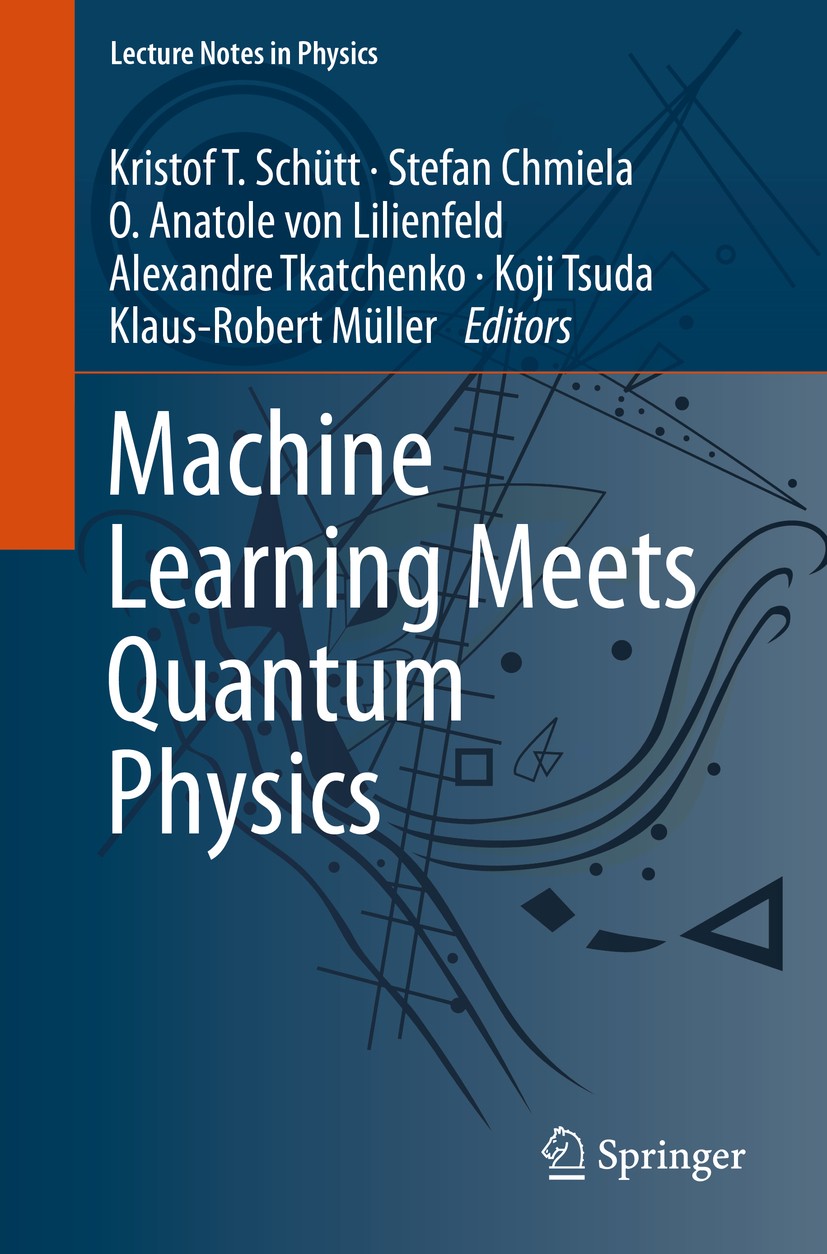| 书目名称 | Machine Learning Meets Quantum Physics | | 编辑 | Kristof T. Schütt,Stefan Chmiela,Klaus-Robert Müll | | 视频video | http://file.papertrans.cn/621/620402/620402.mp4 | | 概述 | Provides an in-depth referenced work on the physics-based machine learning techniques that model electronic and atomistic properties of matter.Highly interdisciplinary, it focuses on diverse fields of | | 丛书名称 | Lecture Notes in Physics | | 图书封面 |  | | 描述 | Designing molecules and materials with desired properties is an important prerequisite for advancing technology in our modern societies. This requires both the ability to calculate accurate microscopic properties, such as energies, forces and electrostatic multipoles of specific configurations, as well as efficient sampling of potential energy surfaces to obtain corresponding macroscopic properties. Tools that can provide this are accurate first-principles calculations rooted in quantum mechanics, and statistical mechanics, respectively. Unfortunately, they come at a high computational cost that prohibits calculations for large systems and long time-scales, thus presenting a severe bottleneck both for searching the vast chemical compound space and the stupendously many dynamical configurations that a molecule can assume. . ..To overcome this challenge, recently there have been increased efforts to accelerate quantum simulations with machine learning (ML). This emerging interdisciplinary community encompasses chemists, material scientists, physicists, mathematicians and computer scientists, joining forces to contribute to the exciting hot topic of progressing machine learning and AI | | 出版日期 | Book 2020 | | 关键词 | generative models; kernel methods; material modeling; neural networks; gaussian regression; atomistic sim | | 版次 | 1 | | doi | https://doi.org/10.1007/978-3-030-40245-7 | | isbn_softcover | 978-3-030-40244-0 | | isbn_ebook | 978-3-030-40245-7Series ISSN 0075-8450 Series E-ISSN 1616-6361 | | issn_series | 0075-8450 | | copyright | The Editor(s) (if applicable) and The Author(s), under exclusive license to Springer Nature Switzerl |
The information of publication is updating

|
|
 |Archiver|手机版|小黑屋|
派博传思国际
( 京公网安备110108008328)
GMT+8, 2025-11-14 21:19
|Archiver|手机版|小黑屋|
派博传思国际
( 京公网安备110108008328)
GMT+8, 2025-11-14 21:19


